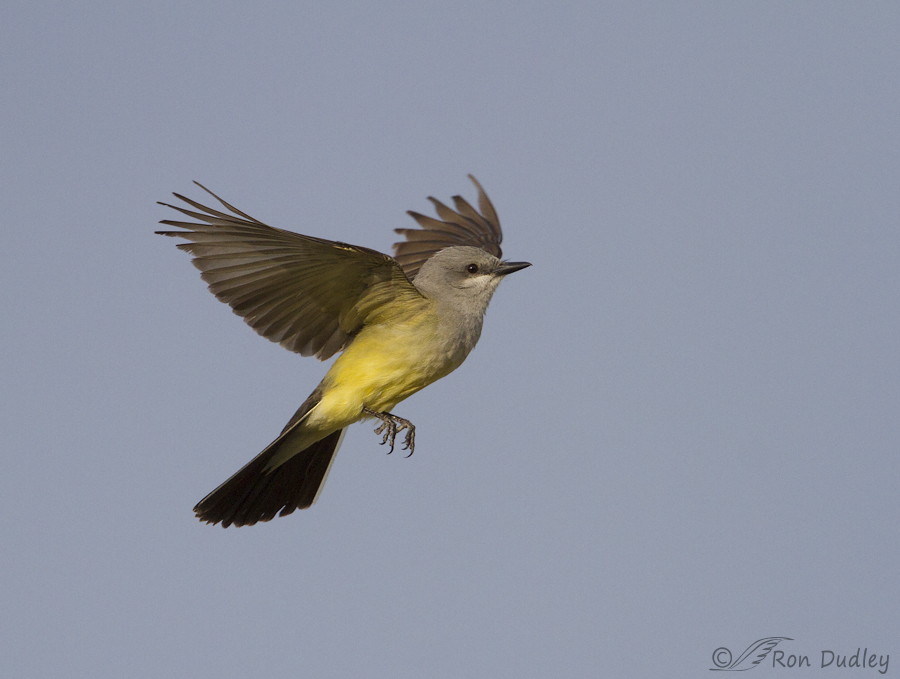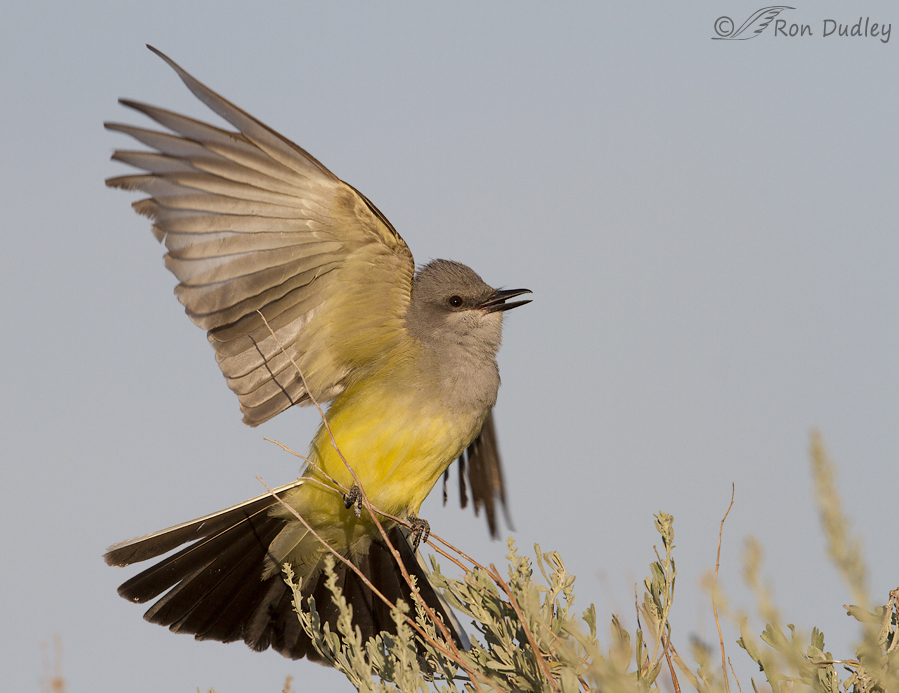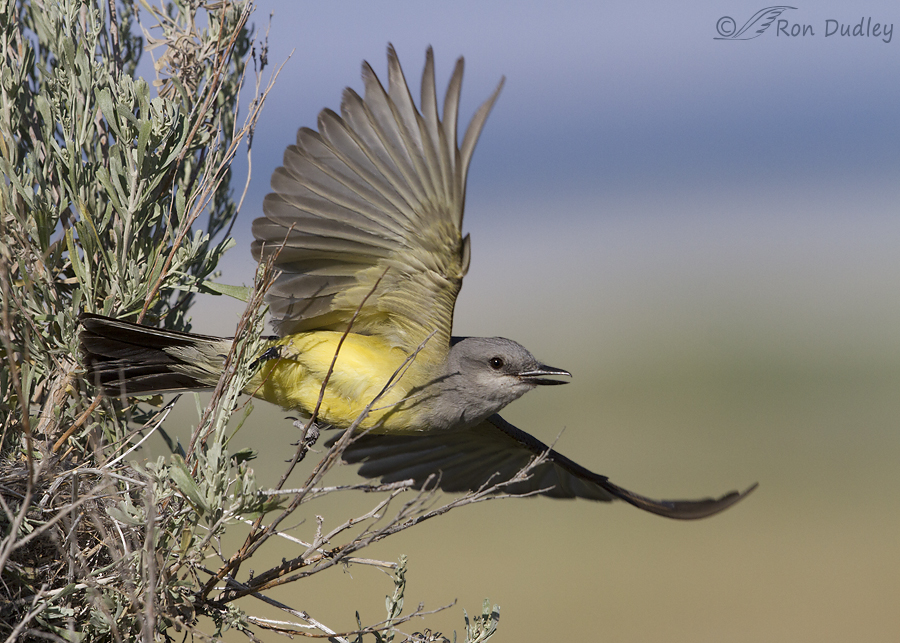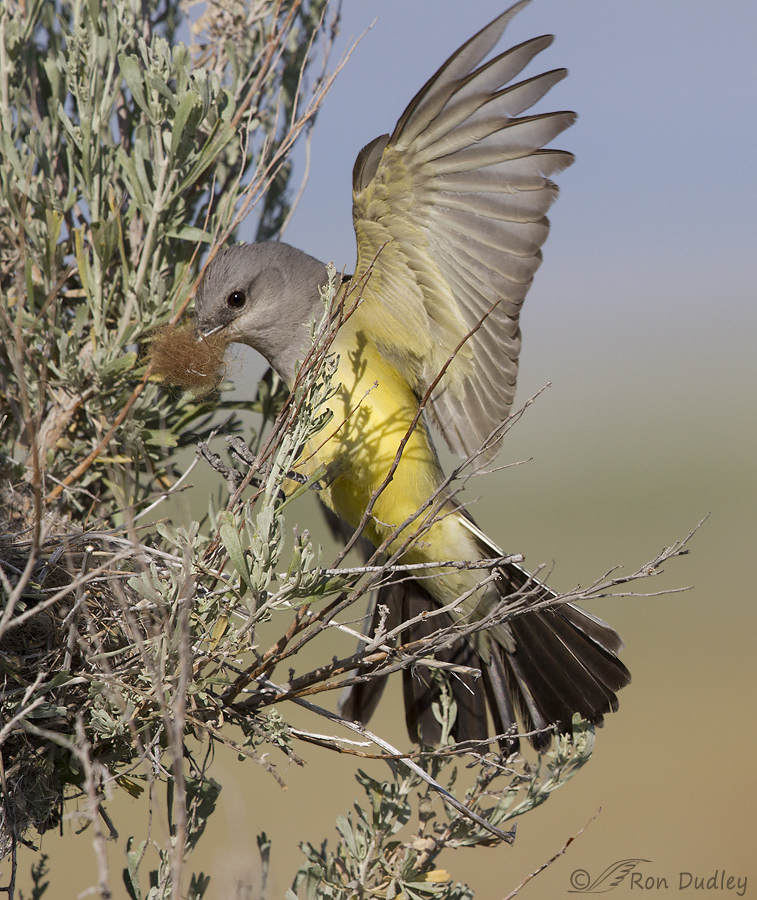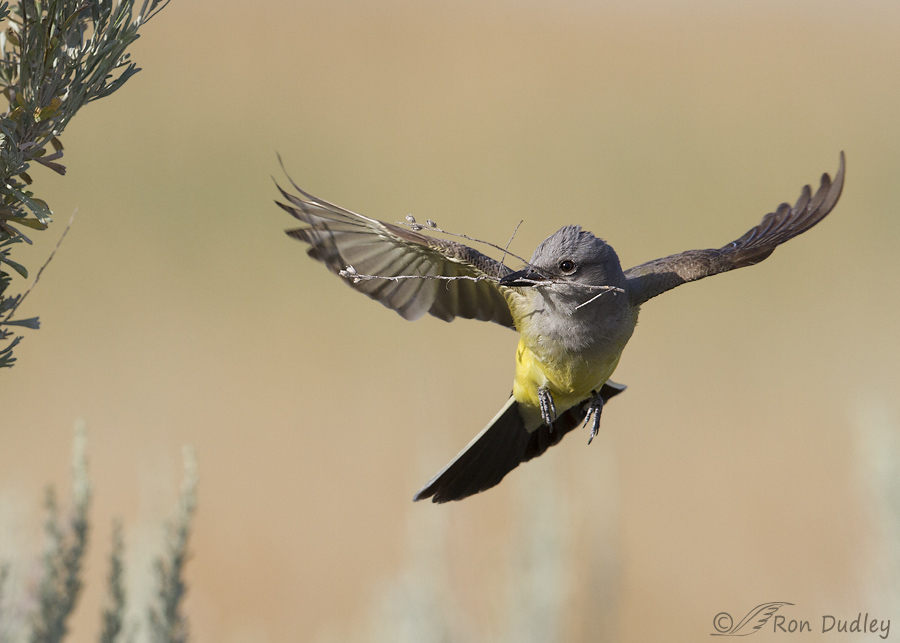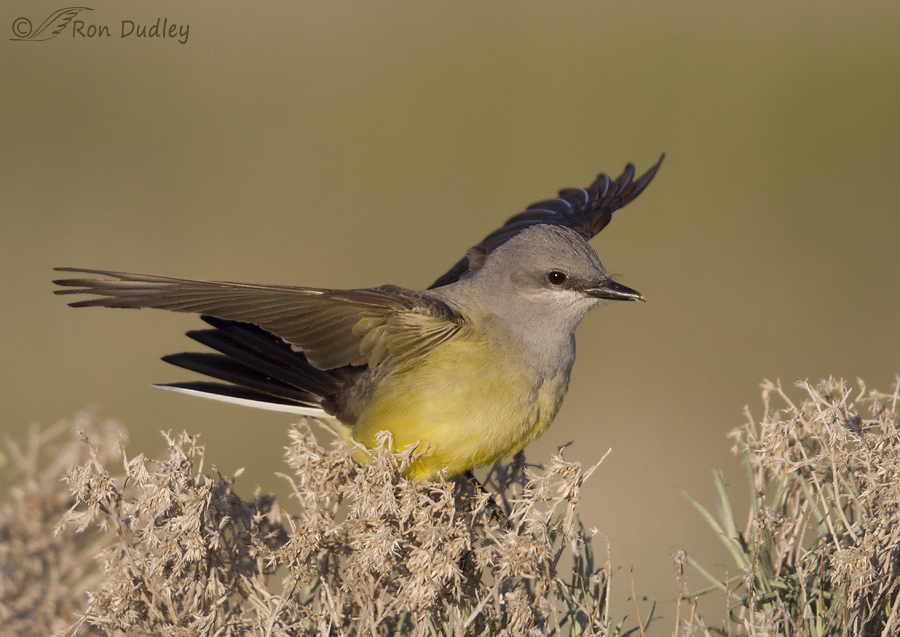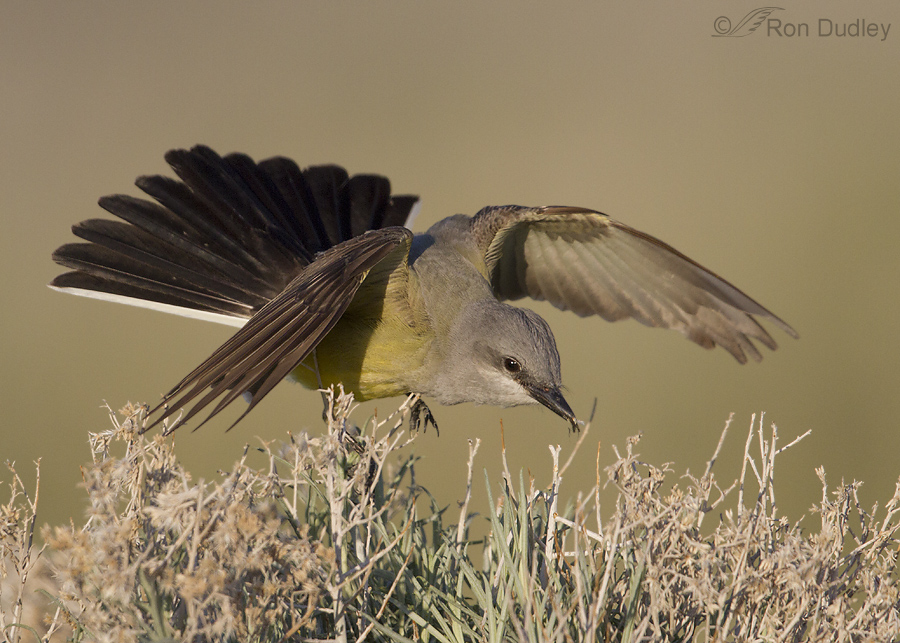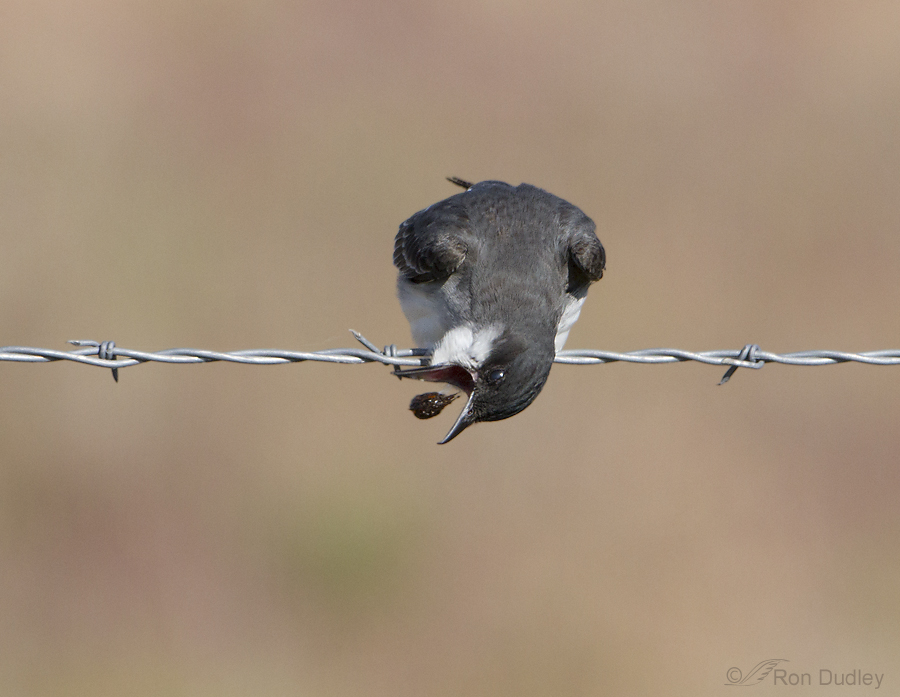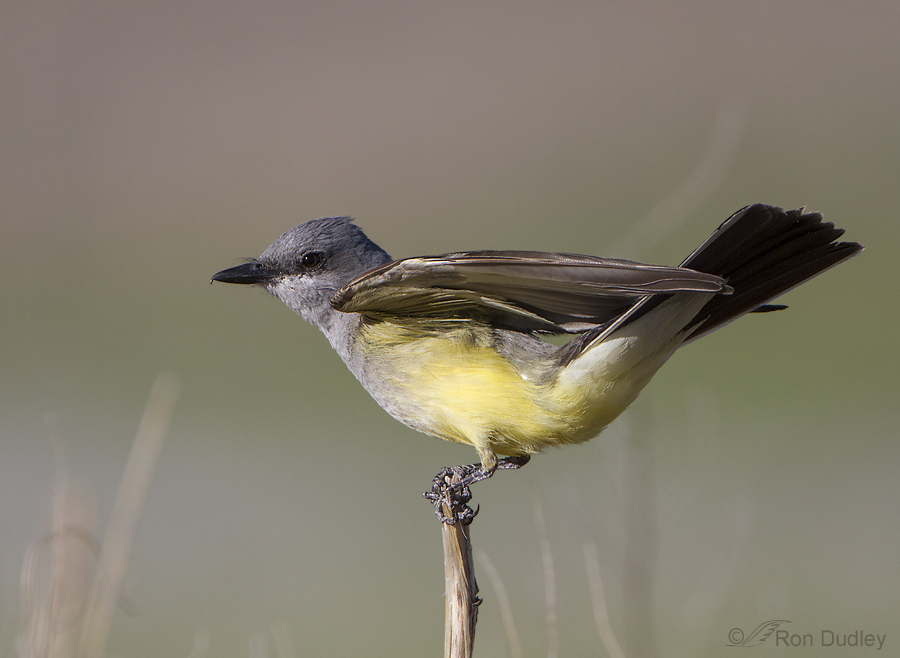The Seldom Seen Red Crown Patch Of The Western Kingbird
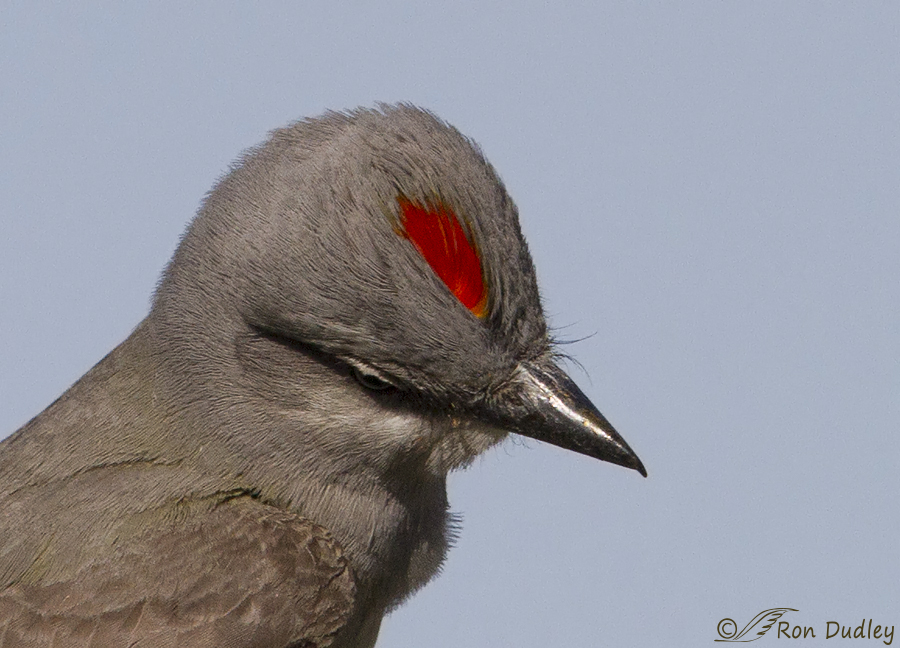
Many are surprised to learn that the Western Kingbird has a reddish-orange crown patch that bisects the top center of its head. The patch is usually kept concealed but occasionally they will quickly flash the patch at unpredictable moments, especially when other birds invade their territory. I’ve featured the crown patch on my blog previously but earlier this summer I had my best look at it so I thought I’d revisit the subject this morning.


